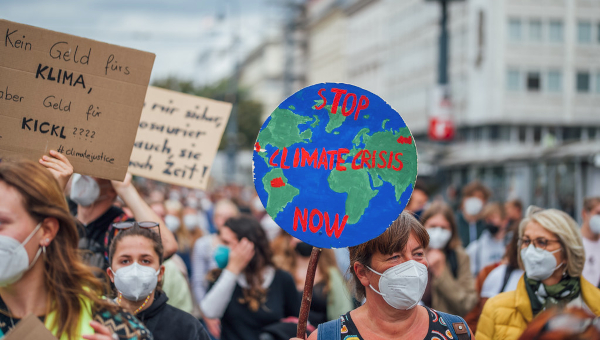Excerpt:
One left-seeming analysis being presented about the election results in Iran is the 'class analysis', epitomized by a few articles that have appeared in recent days (no names necessary, since that makes things personal, and I'm trying to keep it political here). I even heard the 'class analysis' (sic.) used on BBC! BBC's approach was actually not too different from those presented by some on the U.S. left.
Real class analysis looks for and explains historical and materialist trends in a society ('materialist' meaning here, containing real-social substance); all else is superficial journalism.
Not taking into account Iran's complex social history at all, and amazingly enough not even considering the very context of a theocratic setup as relevant, superficial journalism's entire argument is constructed on a presupposition never examined: that Iran is just another regular country, with a generally democratic-looking system, with its own peculiar way of holding elections, which we must respect, run as best as they can (of course, they have problems, but who doesn't?); but, all in all, there's regular opportunity for people to express their choices, just like in the U.S. (and God knows they have deep problems of their own with democracy). So, no matter how disappointed the losers in the Iranian elections, they simply 'should bite the bullet', and move on.
[...]
Along with the 'bite the bullet' attitude, some analysis must be presented, of course, since we are writing a political piece. So, let's see what it is. It is claimed that, first of all, Ahmadinejad got exactly the same proportion of votes as he did last time, in 2005, when he beat Hashemi Rafsanjani. But, since that's the only historical reference looked up by lazy journalism, all the social changes that have happened between then and now lose their significance in the accounts of superficial observers.
Now, this is my last two cents on the numbers part or the elections (for those who say Ahmadinejad got the same voters' percentage in this year's elections as he did in 2005). The 2005 elections were held in two rounds. In the first round the voter turnout was about 63%, but (and this is the significant number) went down to only 48% in the second round.
Why? Because in the first round, a 'reformist' candidate (Karrubi) was in the running, but he got bumped off in the first round. So, people faced with the very uninspiring contest between Mr. Corruption himself (Rafsanjani) and Ahmadinejad (former Pasdar), they chose to stay home for the most part. So, Ahmadinejad's 61% in the second round back then, was from only 48% of the voters. That is NOT equal to (in fact, it's just over half) the same percentage of 85% the government says participated this year.
There is another significant piece of knowledge in the above numbers. If you pause a little and pay attention to the difference between the elections turnout in the first and the second round in 2005 (going from 61% to 48%), you should be able to see what Iranians know for a fact: that the turnout increases ONLY when reformists run. So, the huge jump from 48% turnout to 85% can be attributed to the fact that people had come to vote Ahmadinejad out of office! The fact that millions of people spontaneously took to the streets across the country proves it.
Read the complete article here ...
Iranian Nobel laureate Narges Mohammadi ‘violently detained’ at memorial
for dead human rights lawyer
-
A foundation in her name said she was detained at a memorial for a human
rights lawyer recently found dead under disputed circumstances






No comments:
Post a Comment